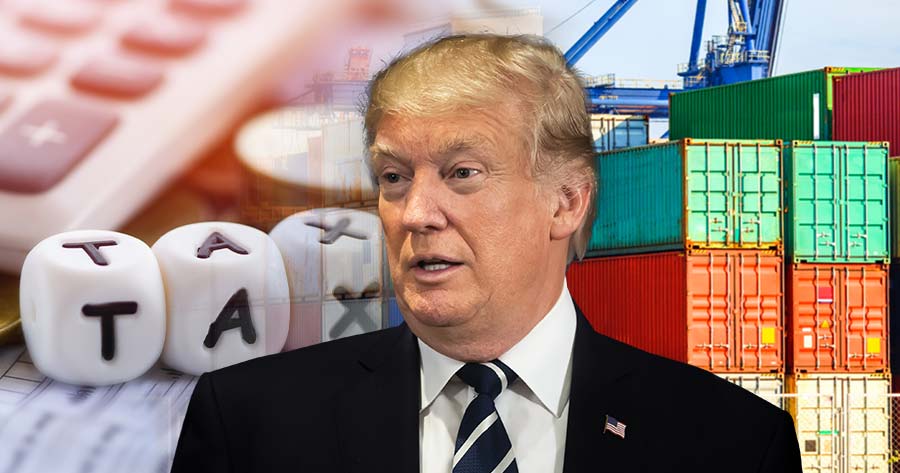With the eventual growth in BRICS members, coupled with the lack of aptitude (some might call an outright negligence) exhibited by the current US administration and its inability to resolve global conflict, the attenuation of the Dollar dominance seems inevitable as more nations seek to become less dependent on the US.
With such a dwindling presence on the world stage, tariffs have become a key focus for the 2024 presidential campaign as Trump, being championed as the only hope for working people, proposes a fixed 10 percent tariff on all imports, and 60 percent on all Chinese imports, including possibly even higher tariffs on Chinese electric vehicles to protect and stimulate the US domestic industries, all the while to discourage any countries aiming to stray away from the US dollar.
What has not been disclosed straight away about the tariffs is the subsequent change in consumer’s purchasing power and behavior. By charging tariffs on multiple goods, the first Trump administration has collected over $80 billion worth of new taxes from American households. However, it is undeniable that Trump was not the only culprit as he merely reinforces what has been concurred by the US governing body a while ago.
Biden, while presenting himself as the bona-fide Trump’s opposition, carried on with most of Trump’s tariffs and announced an additional $18 billion hike on Chinese goods in 2024, generating another $3.6 billion increase in tax. In fact, over $233 billion in higher taxes has been collected from American consumers as a result of the aforementioned tariffs, of which 62% was collected under Biden’s administration.
Provided the above, the current trade policies which were supposed to combat foreign advantages add up to approximately $79 billion in tariffs, amounting to a direct increase in annual tax collection by $200 to $300 per household (source: Tax Foundation). Multiple studies by academics and experts found inflated prices and shrinking numbers of employment as direct consequences of tariffs set up by both Trump and Biden.
Regardless of the political parties, we can draw various examples of an apparent protectionist attitude from several scenarios. For instance, the highest tariffs are generally imposed on items competitive against the US manufacturing capacity and availability such as hard metals, high-technology products or electric vehicles; the relentless persecution of social platforms such as Tiktok under the guise of national security; or the ever-growing list of sanctioned companies.
On the other hand, we may feel quite an effect from the ongoing treatment of tariffs and sanctions. Thailand, being an export economy with around 65% of the GDP accounted for, will still find it necessary to rely on the primary markets which are, as of 2024, China, the US and European Union, followed by South Asian, ASEAN and CLMV markets. Meanwhile, trade volumes with Japan contracted with the possibility of remaining dormant. (source: TPSO July 2024)





